Thessaloniki gets ready for its metro launch in November
The underground rapid transit lines have been under construction for almost two decades due to various project delays
 TheMayor.EU logo
TheMayor.EU logo 
The underground rapid transit lines have been under construction for almost two decades due to various project delays

The cross pinnacle on the Tower of Jesus Christ will be ready to receive visitors in 2026 on the centennial of Gaudi’s death

Now you can get your wine in Talence by paying directly in Bitcoin

That’s because the state has to spend money on updating the railway infrastructure rather than subsidizing the cost of the popular pass

Steffen Romstöck said that he would respect the residents’ choice and would take over the helm of the municipality, even if he didn’t run

The measure, which will come into force from 1 January 2025, will be partial and temporary…for now

Rethinking renewable energy sources for the urban landscape

But operating them is still illegal under the country’s legislation

The examples, compiled by Beyond Fossil Fuels, can inform and inspire communities and entrepreneurs that still feel trepidation at the prospect of energy transition

Now you can get your wine in Talence by paying directly in Bitcoin

Rethinking renewable energy sources for the urban landscape

The examples, compiled by Beyond Fossil Fuels, can inform and inspire communities and entrepreneurs that still feel trepidation at the prospect of energy transition

The underground rapid transit lines have been under construction for almost two decades due to various project delays

Plus, it has a unique modular design that allows it to be shortened and lengthened like a train

At least, that’s the promise made by the mayor of Paris, Anne Hidalgo
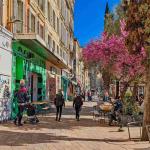
Despite its church-y name, the district has long been known as the hangout spot for the artsy crowds

At least, that’s the promise made by the mayor of Paris, Anne Hidalgo
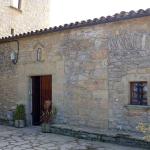
Hostal de Pinós is located in the geographical centre of the autonomous region

On the eve of the new academic year, the ranking considers several distinct but essential factors
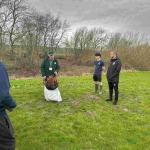

Following a successful trial phase, these quiet areas will now be available on all main routes in the country

The academic institution shows a deeper understanding of the well-being of its students










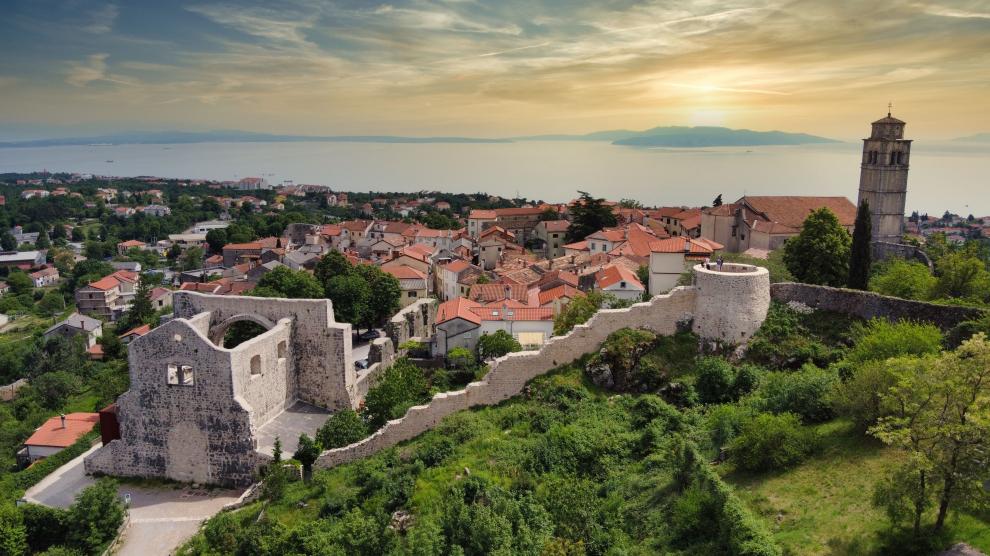
The history of Kastav dates back to prehistoric times. There is a valuable archaeological site - an Illyrian necropolis - found in the Mišinci karst valley.
It is not clear how Kastav gained its name. There are two versions – some believe its derived from the Celtic word kast (rock) while others say it is derived from the Latin word castellum (fort, castle).
Valuable monuments that have been preserved until nowadays show the medieval life of the Kastav area. Among them are the town's Kaštel, the Municipal Loggia, the Volta (arched doorway), The Parish Church of Saint Jelena Križarica, Lokvina Square, the remains of the Crekvina and the Church of the Holy Trinity and numerous ornaments embedded in the nucleus of the town.
Number of books attest to the rich history of Kastav. The town is mentioned in all the important editions that deal with the history of Croatia.
Kastav is part of the Primorje-Gorski Kotar County in Croatia. It extends over 11 square kilometres and has more than 11 000 residents.
The Kastav region is known for its high-quality craftsmanship. The economy of the town is based on small- and medium-scaled enterprises and a few larger firms.
Kastav offers an exquisite blend of delights and business opportunities to every visitor.
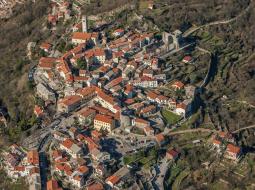
Kastav is an authentic coastal little town of art and joyful festivities, traditions and history. The town has much to show - rich history, valuable architectural monuments, culture and untouched nature that has been preserved over many centuries. Kastav also offers high quality music and stage performances, folk and carnival festivals, recreation in the nature or visits to museums and landmarks.